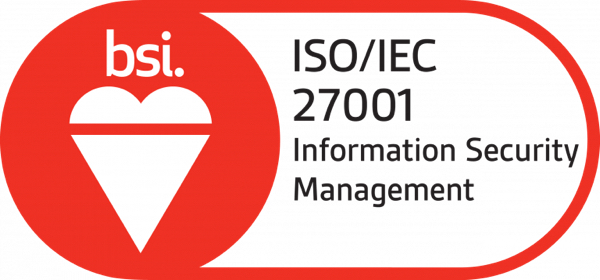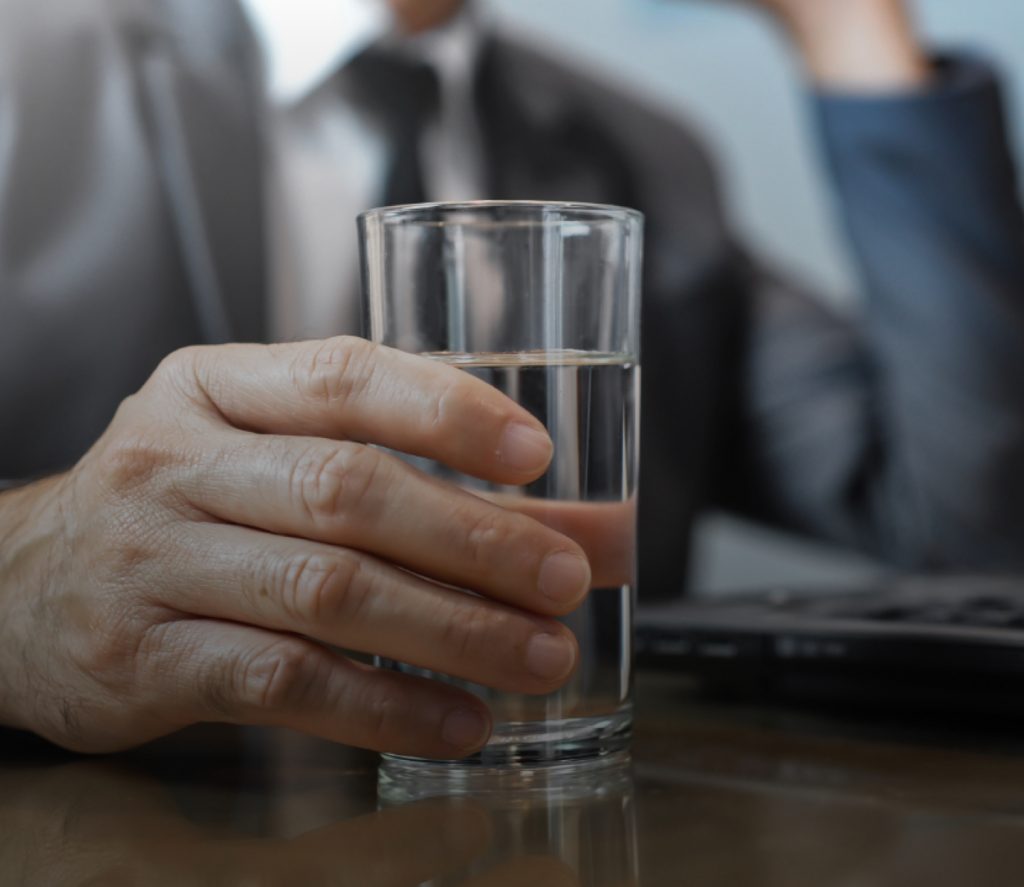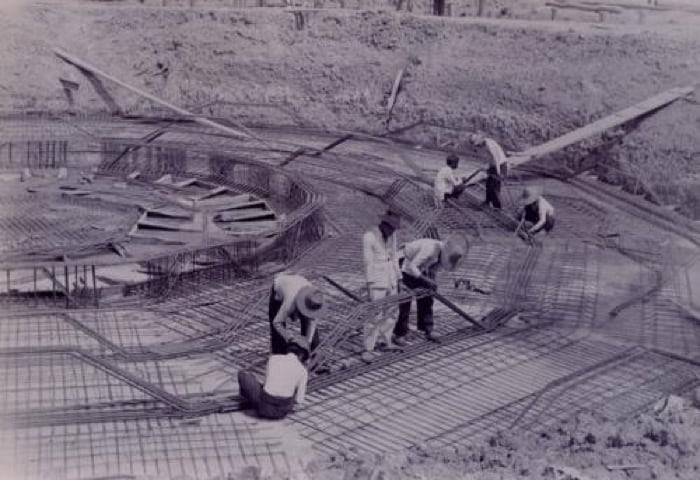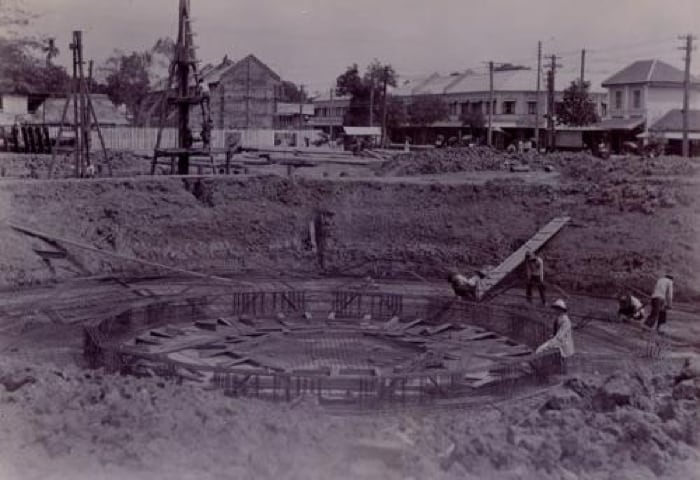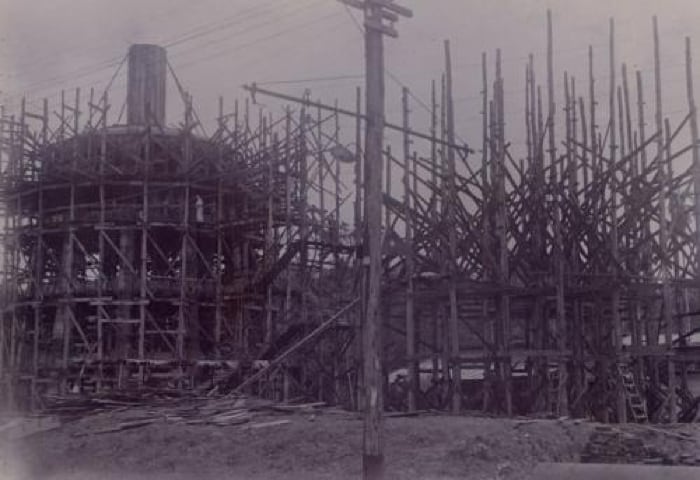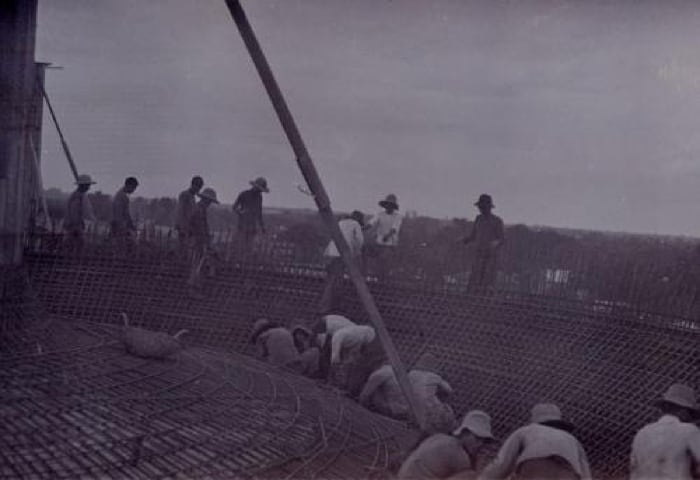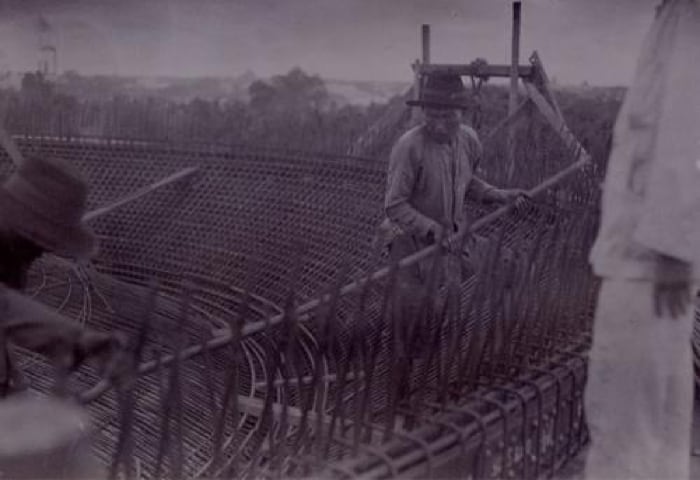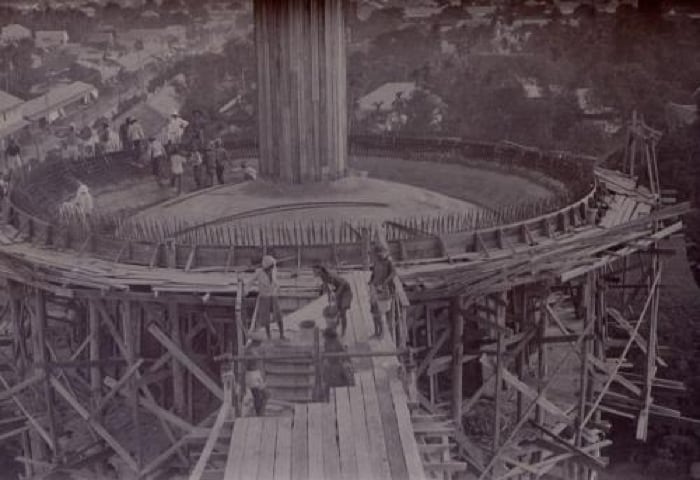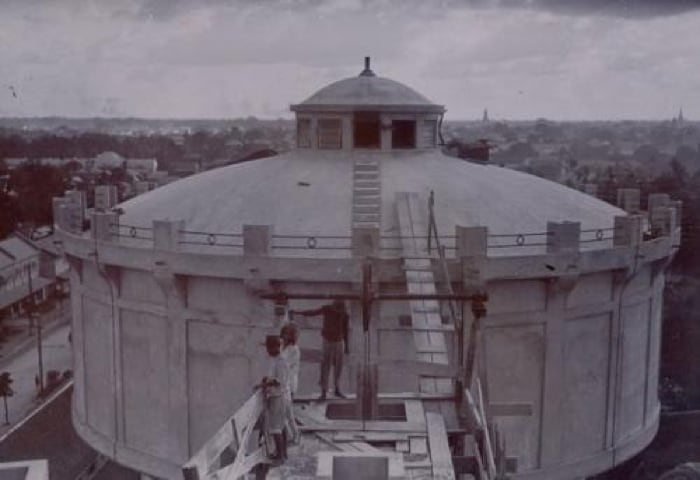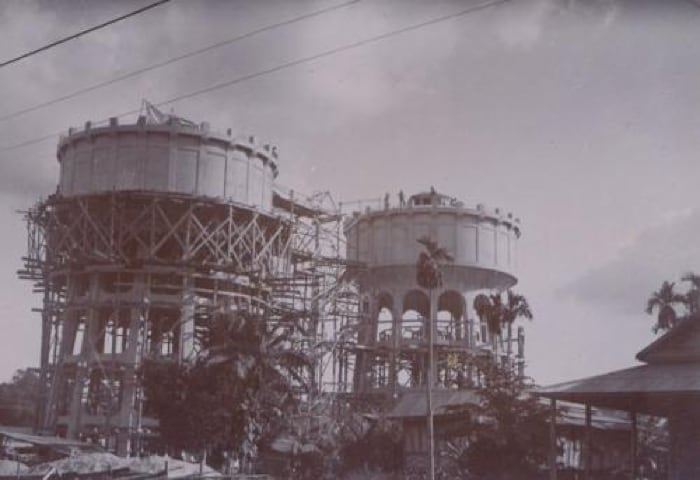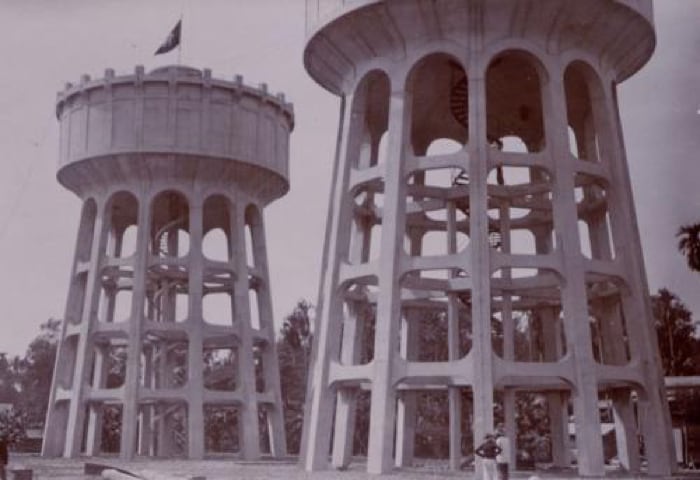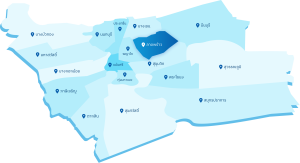History of the MWA
The founder of the waterworks
On July 13,1909. King Chulalongkorn (King Rama V) decreed that henceforth the Government of Thailand should provide a proper water supply system for the people of Thailand.
- To set up a reservoir at Chang Rak, the site of the current province of Patum Tanee.
- To tap the ground water via the Sarm Sen canal up north: theoretically the way the water flows.
- To established a plant for the filtration of incoming water and for disinfecting the water which is ultimately consumed by the Thai people.
P.S. King Rama V or King Chulalongkron designated this type of activity as “Karn Par Pa”
At the opening ceremony of “Karn Par Pa” on November 14, 1914, his majesty the King Rama VI ( King Rama V’s Son) said in part of his speech to those in attendance:
“I wish this task has a tremendous success and hope that it will fulfill all the visions shared by my father (King Rama V) and myself. May the purified water by the organization wash away all the sickness that could harm my beloved citizens and it may this sacred water serve as the source of happiness for my people from this day onward.”
The Period of Pre-building
On November 14, 1914, this organization was formally established by the King Rama VI and was named
“Karn Par Pa Krung Tep”. (The water distribution of Bangkok) This business was managed by a sanitary office bureau. During that period the sanitary department was under the control of a government office which took care of the capital city zone nearby the Bangkok area. This enterprise kept growing. In addition, the water supply distribution was extended from selling in the Bangkok area to well around the Thon-Buri region.
Afterwards, the King Rama VI commanded the government to place water pipes on the Phra Phutta Yodfa bridge and along Pra Cha Ti Pok and Som Dej Jao Phra Ya Road. Later during World War II, the Phra Phutta Yodfa bridge was bombed destroying all the water pipes under the bridge. Consequently, this water supply was disrupted in Thon-buri area. Therefore, the Thon-Buri municipality had to start construct its own waterworks.
After World War II ended in 1946, the Sam Sen water treatment plant was the only one left but it could only supply tap water in limited amounts since it had also been damaged by the bomb. Hence, the water supply was lacking in many areas. There were also electric problems because of World War II. Thus, the Thai government established the board of directors that would improve the electric and water supply.
Not long after, both of these organizations became the state enterprises . On August 16, 1967. The government issued a legislative act to legally create the Metropolitan Waterworks Authority (MWA).
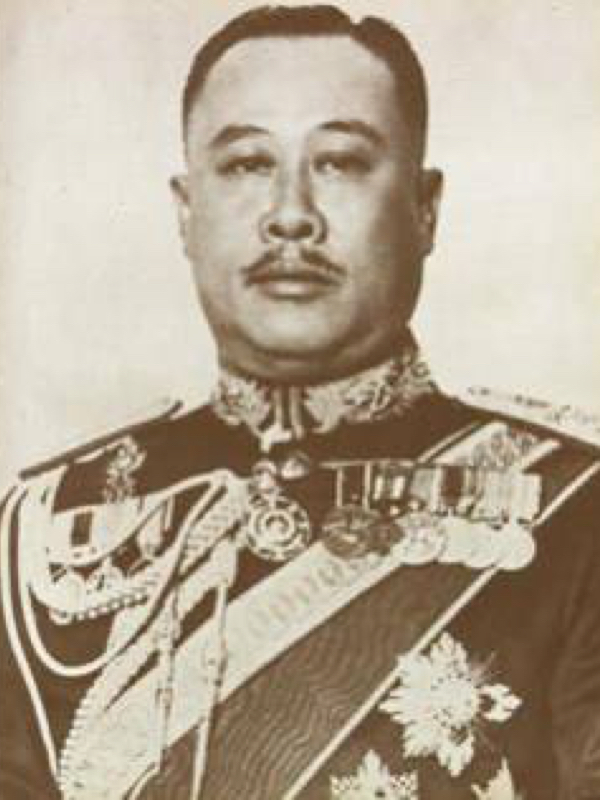
Mr. Prapas Jarusatein
เมื่อวันที่ 16 สิงหาคม 2510 ประธานกรรมการการประปานครหลวง ท่านแรก คือ พล.อ.ประภาศ จารุเสถียร และแต่งตั้ง อธิบดีกรมโยธาเทศบาล นายดำรงค์ ชลวิจารณ์ เป็นผู้ว่าการการประปานครหลวง
The MWA’s missions
listed in the act of creation of the Metropolitan Waterworks Authority in 1967 were:
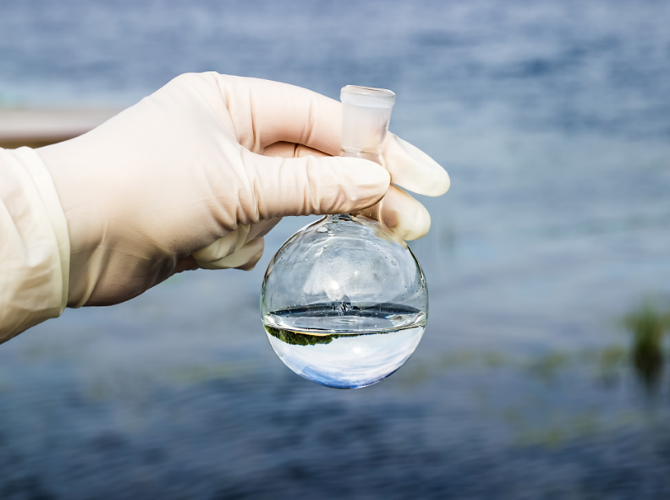
To explore the raw water sources .
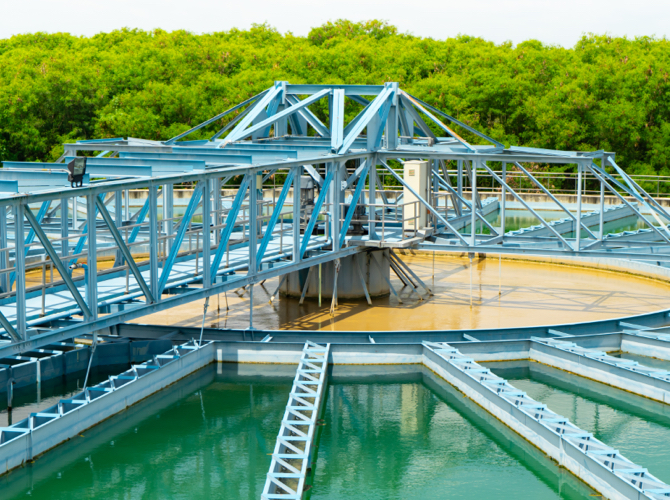
To produce good quality of water supply, and distribute to Bangkok, Nonthaburi and Samuntparkarn.
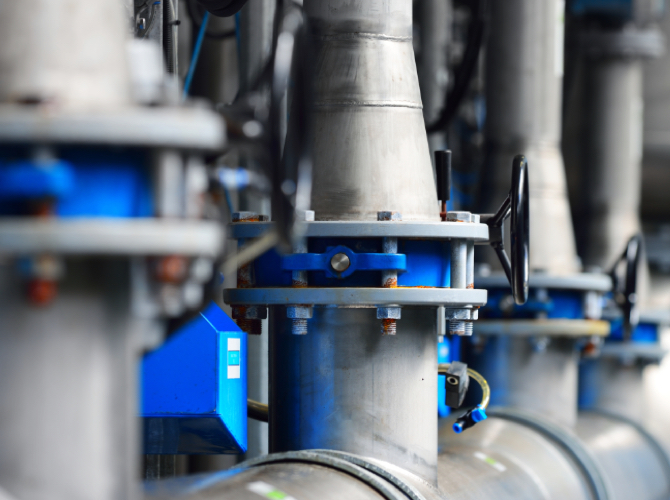
To continue to manage and operate the MWA enterprise for the benefit of the Thai people and the nation.
The Period of Construction
In 1970, an American engineering firm headquartered in the United States was employed by the MWA to create its long term plan for the next thirty years.
MWA then divided the plan in to five year intervals. For the plan for 1974-1979, the objectives were to increase productivity and create more water distribution systems for its customers. For example, it improved and developed more water supply systems including setting up a new water treatment plant at Cheang Rak, Patum Tanee province.
While constructing the plant for water production at Bang Khen also four places for pumping stations in Tha Pra, Lumpinee, Klong-Toey, and Phaholyothin were built.
At the same time the immense pipelines underground were placed while the other project was in the process to be completed. Consequently, the problems of water lack were solved.
The Period of Developing

After 1986, the MWA kept growing and improving the long range plan quite smoothly. Sometimes this activity drained its capital for a few years. But after that it had profits for a few decades.
he productivity and distribution of water supply was increasing and the customers were growing at a rate of 8-9% yearly. In 1990 the MWA Headquarters was moved from Man Sri to Bang Ken tract.
In 1987 the Metropolitan Waterworks Authority started to operate the water supply projects for the western area in order to support the amount of population that kept increasing in the area of Thon-Buri and Nonthaburi. Moreover, for finding more untreated water sources to supplement the water from Jao Pra Ya River which was not supplying enough water for the increasing population, then, MWA constructed a new water treatment plant at the Maha Sawat tract and dug a new canal in order to receive the good quality raw water flowing from Karnjanaburi province. This new canal was dug to Ta Jene River reached to KarnJana buri province. It was 106 Km. long and was completed in 2002. This achievable project has ensured the MWA productivity of water supply to the people in the future.
The period of achieving its excellence
Since Thailand experienced severe economic crises in 1996, almost all business sectors were affected.
The devaluation of the Thai Baht had a direct impact on MWA. The MWA had to change the original plan and delay its investment to reflect more saving within the organization. MWA had to change its strategy in providing services to general public. It became more proactive in providing services, i.e. provided quick, effective services to satisfy consumers. At the same time, MWA worked to ensure the quality of water to be drinkable in every area it served.
In addition, the organization worked to improve its water supply to be up to an international standard. Consequently, MWA was acknowledged the production of water quality ISO 9002 in the Bang Khen Water Treatment Plant. MWA had developed a new policy to expand the same standard to all its Water Treatment Plants. MWA had set up a goal of “being the leading organization in providing good quality water supply in
“being the leading organization in providing good quality water supply in the country and to be a socially responsible organization”.
